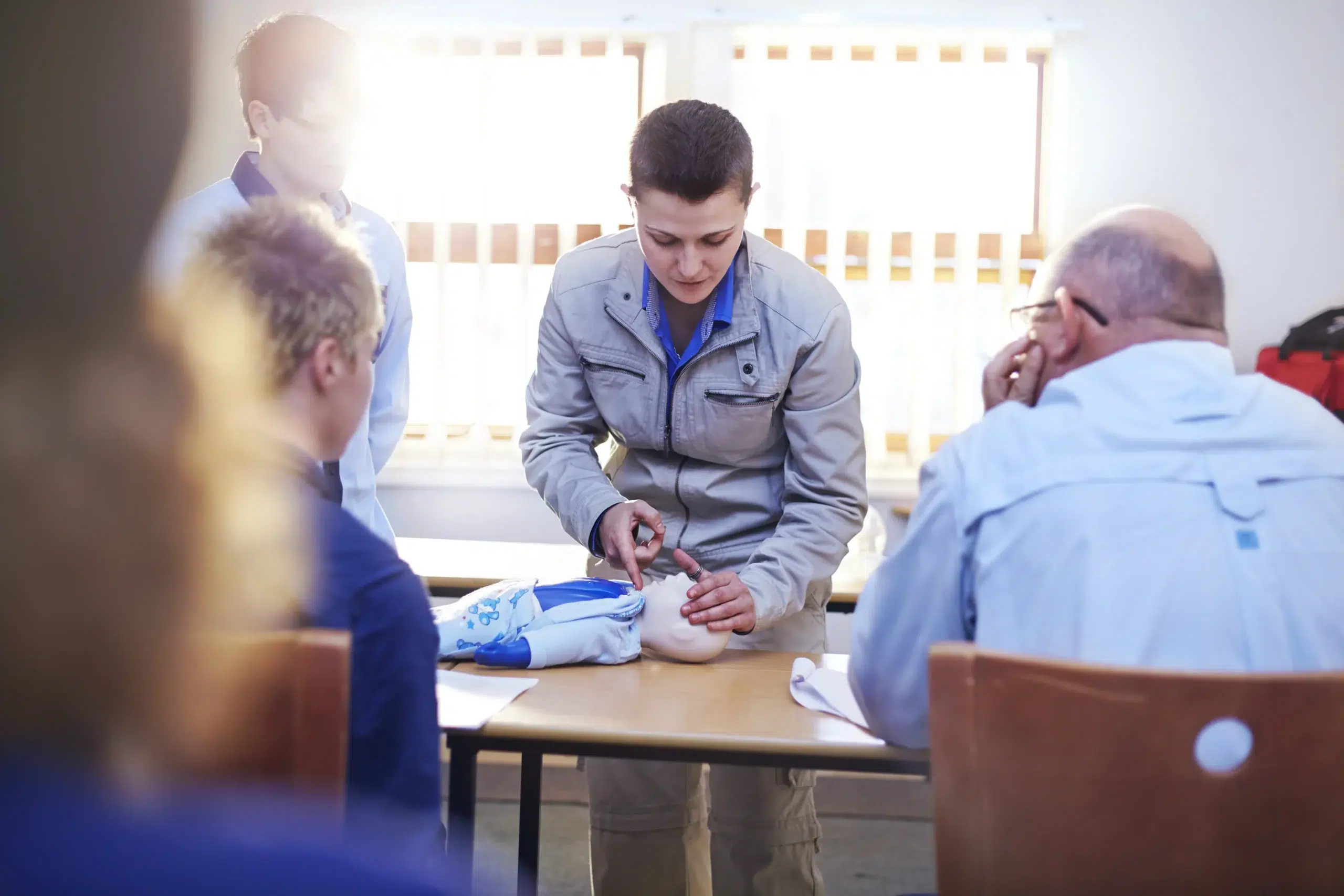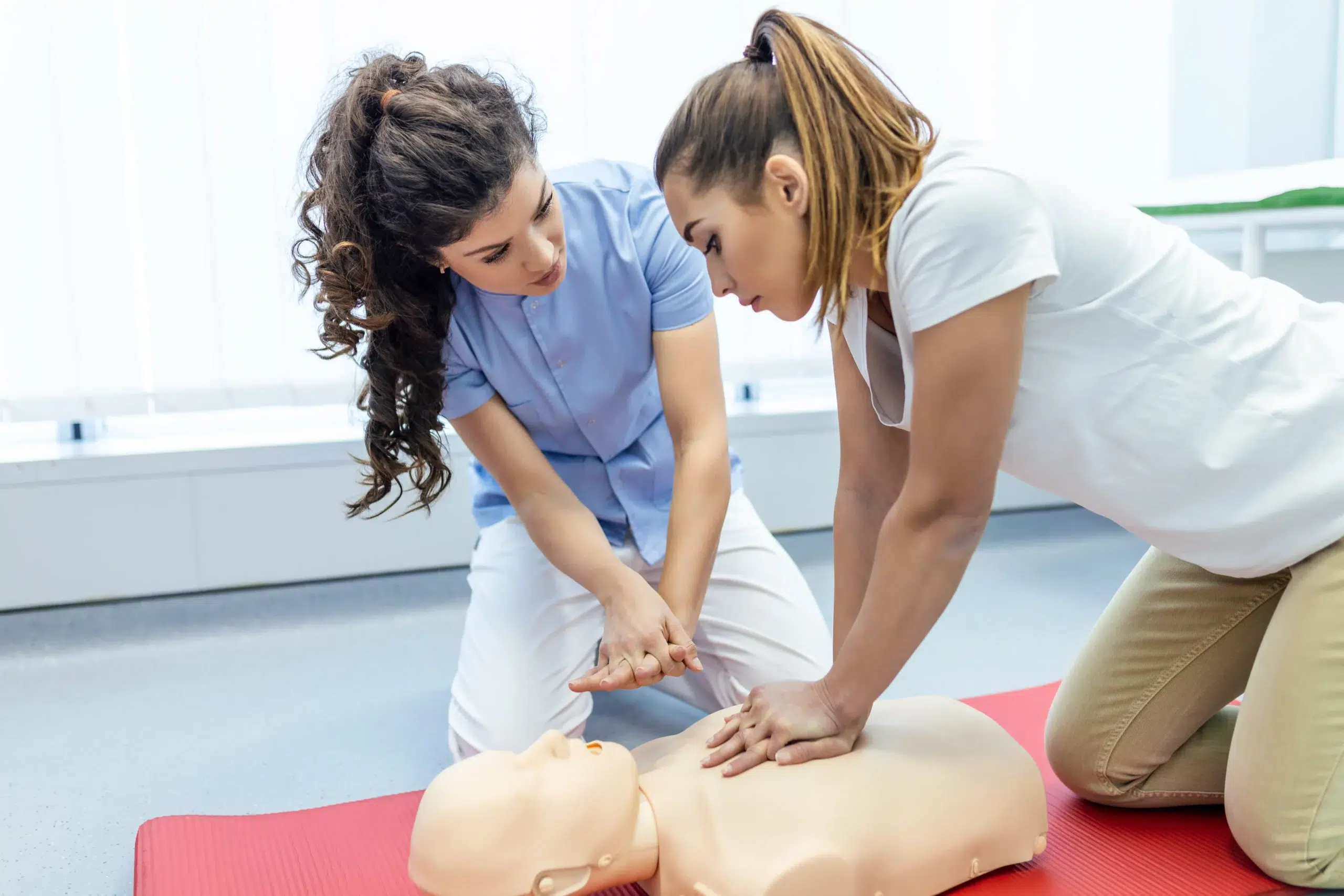Cardiopulmonary Resuscitation (CPR) is a critical skill that can make the difference between life and death in emergency situations. Unfortunately, misconceptions and myths about CPR prevent many people from taking action when it matters most. This blog post will explore common CPR myths, debunk them with facts, and empower you with the knowledge to act confidently in an emergency.
Understanding CPR
Before we tackle the myths, let’s clarify what CPR is. CPR stands for Cardiopulmonary Resuscitation, an emergency lifesaving procedure performed when the heart stops beating. Immediate CPR can double or triple the chances of survival after cardiac arrest. Despite its importance, only about 40% of people experiencing out-of-hospital cardiac arrests receive the immediate help they need before professional help arrives.
Myth 1: You Can’t Perform CPR Without Certification
Many believe you need formal certification to perform CPR. While certification is beneficial, it’s not a legal requirement to administer CPR in an emergency. The most important thing is to act. Even performing chest compressions without mouth-to-mouth breaths can significantly improve the chances of survival.
Myth 2: CPR is Only Needed for Heart Attacks
CPR isn’t just for heart attacks. It’s crucial for any situation where someone’s heart has stopped or they’re not breathing, such as drowning, choking, or drug overdose. Understanding that CPR is a versatile lifesaving tool can help more people respond effectively in various emergencies.
Myth 3: CPR Always Involves Mouth-to-Mouth Resuscitation
A common misconception is that all CPR includes mouth-to-mouth resuscitation. Hands-only CPR, which involves chest compressions without rescue breaths, is effective for adults who suddenly collapse. The American Heart Association recommends hands-only CPR for untrained bystanders, making it accessible and encouraging quick action.
Myth 4: CPR is Ineffective Without Professional Help
Some believe that CPR is useless without immediate access to professional help. While professional medical care is crucial, bystander CPR can significantly increase the likelihood of survival until help arrives. CPR maintains blood flow to vital organs, buying critical time.
Myth 5: Performing CPR Can Be Harmful to the Victim
Fear of causing harm often deters people from performing CPR. The truth is, the victim is already in a life-threatening situation. It’s better to attempt CPR than do nothing at all. Performing CPR incorrectly is unlikely to make the situation worse.
Myth 6: You Can’t Perform CPR on Children
The idea that CPR is only for adults is incorrect. Children and infants can also benefit from CPR. However, the technique is slightly different. For infants, use two fingers for compressions, and for children, use one hand. Understanding these variations can prepare you for emergencies involving younger individuals.
CPR and AEDs Work Together
An Automated External Defibrillator (AED) is a device that helps restore a normal heart rhythm in cases of cardiac arrest. While CPR keeps blood flowing, an AED can deliver a shock to restart the heart. Knowing how to use an AED in conjunction with CPR can further increase survival chances.
The Importance of CPR Training
While you can perform CPR without certification, training enhances your skills and confidence. The American Heart Association offers various programs to teach CPR, first aid, and AED use. Regular training ensures you’re prepared for emergencies both at home and work.
Workplace CPR Myths
In workplaces, there’s often a misconception that CPR training is unnecessary or too complex. With 10,000 cardiac arrests occurring annually in U.S. workplaces, knowing CPR is crucial. Employers should prioritize CPR and AED training for their employees to create safer work environments.
The Role of Bystanders in CPR
Bystanders play a vital role in emergencies. Immediate bystander CPR can double or triple the chance of survival from an out-of-hospital cardiac arrest. Overcoming the fear of stepping in and acting promptly can save lives.
Encouraging a Culture of Preparedness
Promoting CPR awareness and training in communities can foster a culture of preparedness. Schools, workplaces, and public spaces should provide opportunities for people to learn and practice CPR regularly, ensuring more individuals are ready to respond in emergencies.
A Community Effort
Saving lives through CPR requires a collective effort. Community programs that offer free or low-cost CPR training can increase the number of trained individuals and improve overall cardiac arrest survival rates.
Conclusion
CPR is an essential skill that everyone should know. Debunking common CPR myths can encourage more people to act confidently in emergencies. Remember, performing CPR can save lives, even if you’re not a professional. Equip yourself with the knowledge and skills necessary to make a difference. For those interested in learning more or becoming certified, contact us at Safety Training Seminars to find a CPR class near you.






